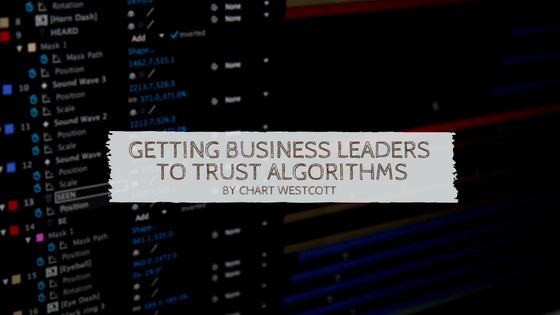While business leaders are quick to adopt some technological innovations, others fill them with a sense of trepidation. Particularly, applications that rely upon AI (artificial intelligence) technology are viewed with suspicion by many business owners, even when other businesses have successfully implemented similar systems. This may have something to do with fearing a loss of control, because the analytics these applications provide do much of the work.
People often prefer to “do the math” themselves to ensure it’s accurate and correct, which is why there’s so much aversion to AI algorithms. No matter how often the algorithm produces more accurate information at a more efficient rate, its human nature to mistrust the machine’s calculations. When an error does occur, business leaders and managers tend to see this as proof that the machine is not to be trusted.
So, how can we get business leaders to trust algorithms? One common method is by putting some of the power back into their hands. By designing systems that allow the user to alter options and influence the outcomes, they feel they have more control over the machine’s functioning. In turn, this helps them build trust in the device and eliminates concern over the fallibility of the machine. This has been found to be the case, even when the human interference was too insignificant to alter the outcome. As long as they can feel like they have more control, they can place more trust in the machine.
Another option is to develop machines that make it easier to access the information. While developers have created systems that a terrific at gathering information, the devices often don’t deliver that information precisely when it’s needed. The information must be made available through the devices that executives are already using to make AI driven tech more accessible and easier to use. By improving upon the way information id delivered, executives and business owners are more likely to adopt the new systems.
Additionally, the information should be assembled in a way that makes it easier to review, based upon the motives of the user. Determining what the user will be searching for and why he or she needs that information is essential to a more reliable system. It will also need to be accessible through the correct workstations, so productivity can be maximized. When AI driven tech begins to have a positive effect on productivity, business leaders and executives will be more excited about adopting these technologies.



